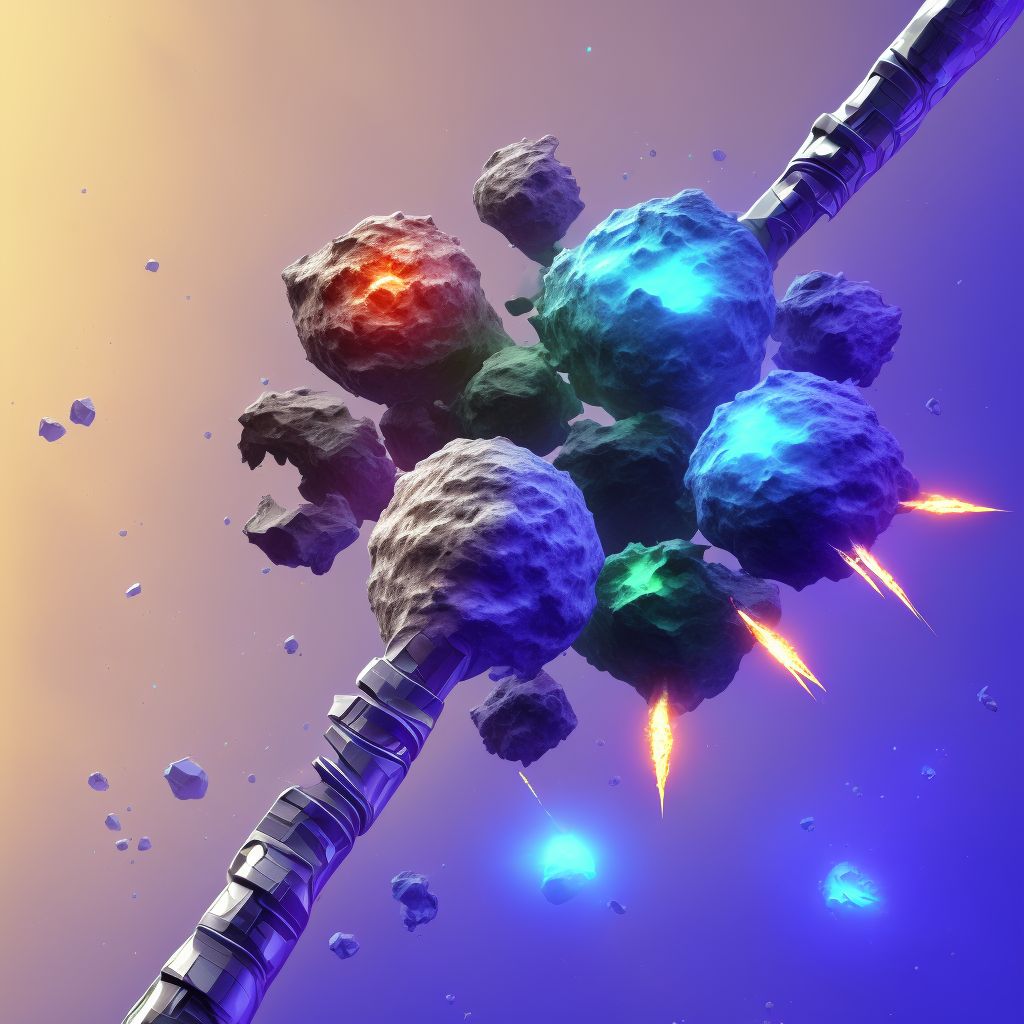
Other fracture of shaft of right tibia, subsequent encounter for open fracture type I or II with malunion Save
ICD-10 code: S82.291Q
Disease category: S82.291: Other fracture of shaft of right tibia
Understanding Other Fracture of Shaft of Right Tibia
When it comes to bone injuries, fractures are a common occurrence. One specific type of fracture that can affect the lower leg is referred to as "Other fracture of shaft of right tibia, subsequent encounter for open fracture type I or II with malunion." In this article, we will explore the characteristics of this fracture and provide you with essential information.
A fracture of the shaft of the right tibia involves a break in the long bone located in the lower leg, specifically on the right side. It is further classified as a subsequent encounter for an open fracture type I or II with malunion. This means that the fracture has previously been treated and may have resulted in improper healing or alignment.
Causes of this type of fracture can vary, including sports injuries, accidents, or falls. The severity of the fracture can range from a minor crack to a complete break, depending on the force applied to the bone. It is crucial to seek medical attention for proper diagnosis and treatment.
Here are some key points to understand about this fracture:
- Symptoms: Common symptoms include pain, swelling, tenderness, and difficulty bearing weight on the affected leg.
- Diagnosis: A medical professional will typically perform a physical examination, assess the patient's medical history, and may order imaging tests such as X-rays or CT scans to determine the extent of the fracture.
- Treatment: While we won't delve into treatment details in this article, it's important to note that treatment options can range from conservative measures such as immobilization with a cast to surgical interventions like internal fixation.
- Recovery and Rehabilitation: Following treatment, rehabilitation exercises and physical therapy may be recommended to restore strength, flexibility, and mobility to the affected leg.
It is essential to remember that the information provided in this article is for informational purposes only and should not replace professional medical advice. If you suspect you have a fracture, consult with a healthcare professional to receive an accurate diagnosis and appropriate treatment plan.
In conclusion, an "Other fracture of shaft of right tibia, subsequent encounter for open fracture type I or II with malunion" is a specific type of fracture that affects the lower leg. Understanding the symptoms, diagnosis, and seeking appropriate medical care is crucial for optimal recovery and healing.
Treatment of Other fracture of shaft of right tibia, subsequent encounter for open fracture type I or II with malunion:
Treatment Options for Other Fracture of Shaft of Right Tibia, Subsequent Encounter for Open Fracture Type I or II with Malunion
When it comes to treating an "Other fracture of shaft of right tibia, subsequent encounter for open fracture type I or II with malunion," there are several treatment options available. The choice of treatment depends on various factors, including the sever...
To see full information about treatment please Sign up or Log in